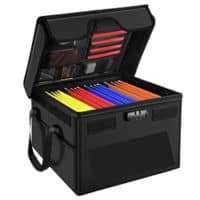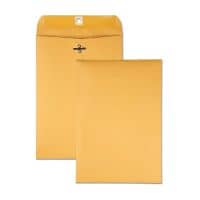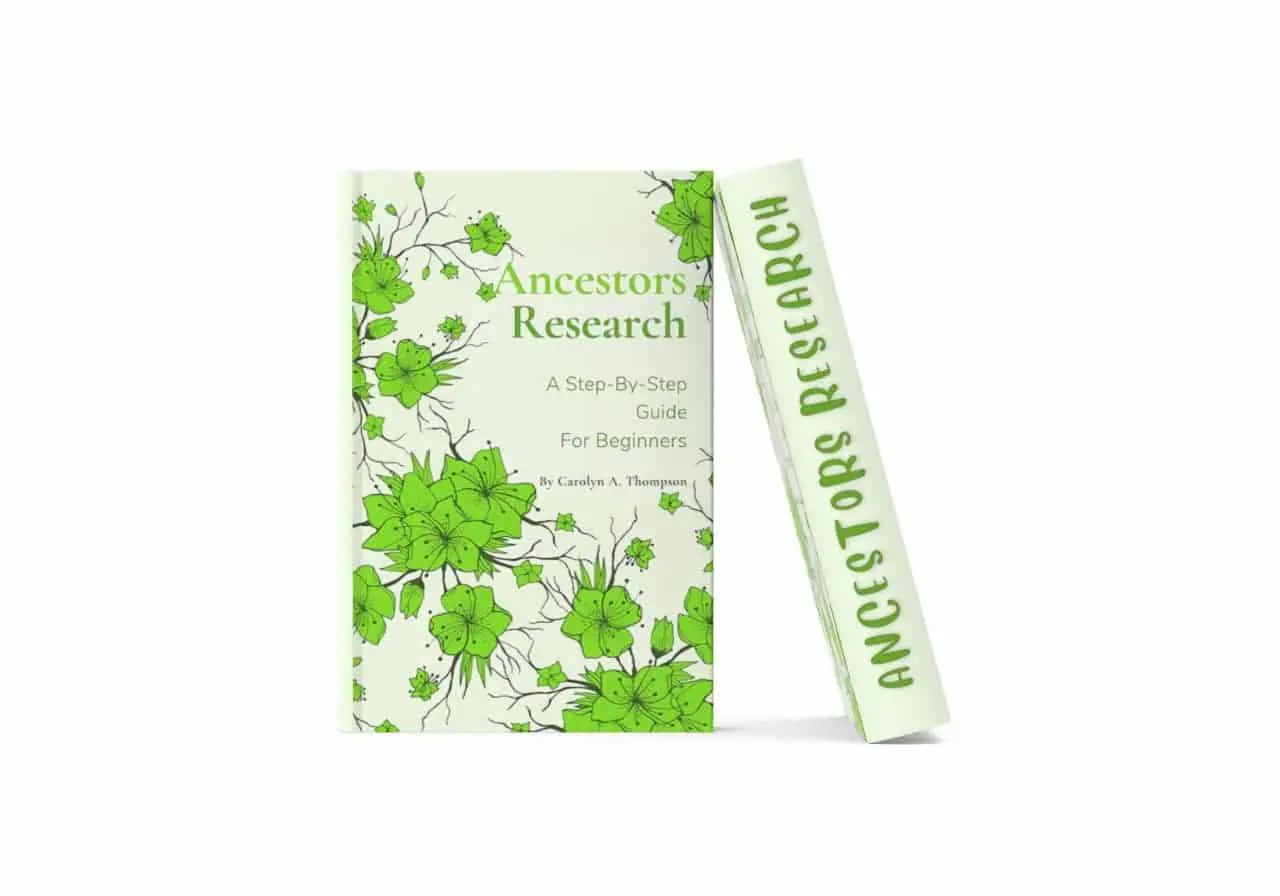Beginning the journey to unravel your ancestry necessitates a well-planned approach to organizing genealogy records.
Nonetheless, the task of sifting through the vast array of genealogy records and documents in this quest can often appear overwhelming.
That’s where understanding the different types of genealogy records comes in.
- Civil registration records,
- Census records,
- Church records,
- Military records,
Gaining a comprehensive familiarity with these records and their significance leads to a more streamlined way of organizing them.
Moreover, learning how to set up an effective organizational system that is regularly maintained saves much confusion later down the line.
Additionally, proper preservation practices aren’t just about preventing damage or loss; they’re about ensuring the longevity of your family’s story for generations to come.
🌳 I warmly invite you to explore “Ancestors Research | Free Beginner’s Guide.” along with “How To Understand the Landscape of Online Genealogy Records.”
✨ Check Out My Go-To Tools And Resources:
Visit my new Resources Page to see the tools, resources, and companies I use and recommend for my website and YouTube channel. Curated for efficiency and creativity.
👉 Explore: [Tools And Resources]
Whether you’re a novice historian or a curious descendant, these guides are your first step towards piecing together the beautiful puzzle of your past. Happy researching!
Key Systems for Organizing Genealogy Records Effectively
Unraveling Lineage: Organizing Genealogy Records by Types and Significance
Genealogy, the study of familial lineage, has constitutionally occupied much academic and scientific thought.
Equipped with an inquisitive spirit inherent to the scientific community, genealogists meticulously dissect various records to unravel complex webs of familial lineage.
This article focuses on “Organizing Genealogy Records,” aiming to clarify the diverse records involved and underscore their significance.
Birth Certificates occupy a pivotal position in genealogical investigation.
- Furnishing critical details like name,
- Date of birth,
- Parents’ identity,
These certificates serve as resonant documentation of an individual’s existence and genetic lineage.
They chronicle an individual’s entrance into a family tree and thus nudge open the first doors to the depths of family history.
- Genealogists are fervently interested in marriage certificates as another type of civil registry.
- Offering a spectrum of information, these records include particulars about the spouses, their parents, witnesses, and sometimes their occupations and residences.
- Hence, Marriage Certificates trace the amalgamation of bloodlines and subtly hint at socio-economic alliances of families.
- Death Certificates, though echoing loss and finality, are invaluable to genealogists.
- Additionally, vital statistics, which include the date, place, and cause of death, as well as details about the deceased’s birth, parents, and spouse, are fundamental components of these records.
- Death certificates not only conclude an individual’s direct documentation but indirectly contribute to evolving family narratives.
- Furthermore, Heirlooms and Family Bibles can often serve as an unexpectedly rich vein of genealogical information, organizing genealogy records with a personal touch.
- They often contain handwritten notes of births, marriages, and deaths across generations, providing a unique viewport into familial history.
- Census Records are a treasure trove of demographic data, shedding light on family structures, associations, occupations, and migration patterns over time.
- Every decade, these national surveys capture a data-centric snapshot of a family’s evolution, providing a chronologically cohesive narrative, making them invaluable to genealogists.
- Military Records are also a crucial tool in the genealogist’s arsenal.
- By revealing pertinent descriptors such as age, birthplace, physical appearance, and enlistment details, these records often help validate or refute hypothesized family connections.
- Last but not least, Probate Records will provide DNA-level insights into lineage-based discussions.
- Enabling genealogists to stitch together previously fragmented narratives.
- They often disclose the names of family members, their relationships, and details on property divisions.
- More intriguingly, they give a glimpse into the personal values and thinking of the testators.
Moreover, organizing genealogy records goes beyond mere scholarly and cultural curiosity.
It’s a quest for self-discovery, a venture into our history where we weave the strands of our ancestors’ narratives into the fabric of our current identity.
Genealogy records, including but not limited to those we’ve mentioned, offer valuable insights that help us tackle this monumental endeavor, even if it’s only partial assistance.
The significance of these records shines a light on our dual pursuits: a quest for fundamental truths at the core of our histories and a quest for a deeply rooted sense of self.
This study, in essence, addresses our efforts to comprehend humanity and its intricately woven narrative, while organizing genealogy records remains a pivotal theme in our journey of discovery.

Developing an Organizational System for Organizing Genealogy Records
Effective Strategies for Organizing Extensive Genealogy Records
Creating an efficient organizational system for genealogy records provides an essential foundation for systematic and thorough research in genealogy.
- While it’s important to maintain fundamental records such as:
- Birth.
- Marriage.
- Death certificates.
- Preservation of family heirlooms.
- Bibles.
- Efficient systems should also incorporate other crucial documents.
Structured Data with Genetic Tests
As technology advances, the vast data derived from DNA and genetic testing sheds light on ancestral patterns and historical ties.
By establishing a digital reference that catalogs the tested individuals’ names and the specific tests conducted, we can significantly streamline the organizational process.
Land Records and Maps
Land records and associated maps play a pivotal role in genealogical research as they provide valuable insights into family dynamics and ancestral lineage.
Creating separate categories for deeds, land surveys, and maps and arranging them chronologically or geographically will enable convenience in procuring the required information.
Immigration and Naturalization Records
These documents are vital sources of information regarding ancestors who were immigrants.
- A categorized and accessible system should be created for passenger lists.
- Passport applications.
- Naturalization oaths.
- Correspondence related to immigration matters.
Court and Legal Records
Transitioning seamlessly into the intricacies of legal history, organizing genealogy records becomes essential when dealing with the likes of lawsuits, property disputes, divorce, and criminal records.
These documents often reveal lesser-known aspects of an individual’s life and societal challenges.
Therefore, setting up a dedicated section for these records, sorted by name and year, is beneficial for quick and effective retrieval.
Education and Employment Records
Expanding the gamut of genealogical data to include information like:
- School records.
- Graduation certificates.
- Employment records.
- Each delivers additional depth to the understanding of ancestors’ lives.
Distinguishing each record with different numbering or color coding can create clarity and efficiency.
Newspapers and Periodicals
Digitized versions of historical newspapers and periodicals are rich sources of personal information, often divulging unexpected facts about family history.
To address the issue of preservation and accessibility for newspapers and periodicals, establishing digital folders for each publication is an effective method.
Alternatively, using established systems such as the Library of Congress’s Chronicling America database ensures a reliable archival standard.
Photographs and Letters
Photographs and personal letters offer a glimpse into the lives and interpersonal relationships of ancestors.
It’s advisable to capture high-quality digital versions of these records for preservation and ease of access while maintaining physical versions securely.
Creating an efficient organization system for genealogy records is a meticulous undertaking, yet with diligence and a systematic approach, one can achieve a comprehensive and accessible structure.
Delving into genealogy is not just about tracing a family tree; it’s a journey into history, personal narratives, and societal variations, made seamless and effective by a diligent organization.

Techniques for Organizing Genealogy Records: Preservation and Storage
To effectively preserve your family’s legacy, consider broadening your scope beyond standard birth, marriage, and death certificates.
Organizing genealogy records involves piecing together your history from various sources, each offering unique insights.
Employing best practices in preservation and storage is crucial to harnessing the full potential of these historical treasures.
Delving into land records and maps uncovers detailed stories of your family’s movements and homesteads.
Protect these valuable pieces of history by organizing genealogy records in acid-free, lignin-free folders and storing them in top-quality archival boxes.
Remember to keep them in cool, dry places to prevent humidity from damaging these irreplaceable documents.
Exploring immigration and naturalization records gives a comprehensive view of your ancestors’ travels and their efforts to settle in new lands.
This step shields them from the damaging impacts of light, dust, and frequent handling.
Court and legal records offer important insights into disputes, contracts, or criminal activity.

For these, store original documents flat in acid-free envelopes within a document box lined with acid-neutral tissue. This prevents bending, strain, or damage to the box edges.

Education and employment records bear significant importance too, offering significant economic and social facets of our ancestors’ lives.
These should be stored in document protectors within three-ring binders kept in a stable, low-humidity environment.

Some of the most revealing snapshots of an ancestor’s time might be hidden in newspapers and periodicals.
For optimal organization of genealogy records, encase these documents in archival-quality mylar or polyester sheets.

Photographs encapsulate moments, people, and places that were important to our ancestors, while letters offer a direct voice from the past.
Both should be kept in pH-neutral, non-PVC plastic sleeves to combat light damage and acid migration.
Ideally, photographs should be stored flat, while letters should preserve their original folds to stave off further mechanical stress.
Proper preservation practices require a lot of resources; therefore, digitizing records can offer backups and ease of access.

- High-resolution scanners and digital cameras can capture document images.
- which can be stored digitally on multiple platforms.
- And be shared with family members or even genealogical societies to ensure the longevity of the information.
Lastly, always label records succinctly yet fully to ensure their context does not become lost over time, and maintain a regular review of stored documents to ensure their continued stability.

The Art of Organizing Genealogy Records for Enduring Family Legacies
The genealogy journey becomes even more rewarding when careful preservation opens up an unabridged window into an ancestral past that can be shared with future generations.
- Therefore, the key to organizing genealogy records smoothly is twofold: understanding and maintaining.
- Understanding not just the types of records but their relevance in your family tree is the first step to a successful organization
- Subsequently, developing an efficient filing system and employing sustainable preservation methods ensures your records stay intact and accessible.
- The utilization of genealogy software and online platforms to store your data digitally offers a secure way to safeguard against physical damage and loss, too.
- It’s about safeguarding invaluable pieces of your legacy so that narratives, identities, and memories are kept intact for future generations to uncover.
Conclusion
In mastering the art of organizing genealogy records, we do more than simply maintain an orderly collection; we breathe life into the whispers of our past.
By methodically preserving and organizing each precious document, we build a legacy that stands against the erosion of time.
Our efforts form a vital link in the chain of memory, connecting generations through the power of their shared history.
As we curate these ancestral chronicles with care, we not only honor those who walked before us but also provide a beacon for the generations yet to come.
This commitment to organizing genealogy records is our homage to the past and our gift to the future—a carefully crafted archive of our enduring family story.
Frequently Asked Questions (FAQ)
- What are the first steps in organizing genealogy records?
- Begin by gathering all available records. Categorize them into vital records (birth, marriage, death), immigration, land, legal, and personal documents (letters, diaries). Label each document with relevant details like names, dates, and document types before securely storing them in archival-quality materials.
- How should I store old photographs and letters?
- Store photographs and letters in pH-neutral, non-PVC plastic sleeves to protect against light and acid damage. Photographs should lie flat to avoid bending, and letters should maintain their original folds to prevent stress.
- Can digital tools help in organizing genealogy records, and how?
- Yes, digital tools like genealogy software and online platforms can help organize records. They allow for creating digital backups, easy sharing, and efficient organization, ensuring records are preserved and accessible.
- What is the best way to preserve fragile paper documents?
- Fragile documents should be stored in acid-free, lignin-free folders and placed in archival-grade boxes. Keep them in a stable, cool, and dry environment. Consider professional deacidification for very delicate items.
- How often should I check on my stored genealogy records?
- Regularly review stored documents at least once a year to ensure they remain in good condition. Check for any signs of deterioration or damage and adjust storage conditions as needed to prevent further issues.









